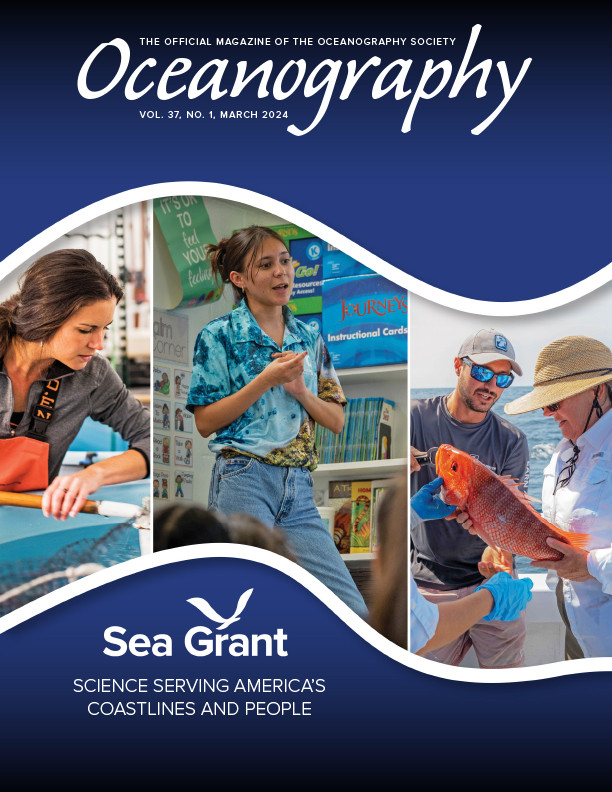Full Text
Oral traditions of Native Hawaiians (Kanaka ‘ōiwi, individuals who can trace their ancestry to the first European contact in 1778) teach us that centuries ago, Kū‘ula was the head fisherman during a time of famine on Maui (Manu, 1901). We do not know whether the famine was caused by natural catastrophe or human error and hubris. By applying his acumen in marine ecology, Kū‘ula invented loko i‘a: enhanced natural nearshore features to constrain freshwater inputs, thus promoting primary production and food for herbivorous fish. Kū‘ula’s knowledge ultimately broke the famine by enabling stable year-round mariculture.
Over the next millennium, there were new innovations in loko i‘a systems across Hawai‘i. Eventually, more than 450 structures yielded as much as 2 million pounds (900 thousand kilograms) of fish annually (Keala et al., 2007), supporting a population of almost a million people. Loko i‘a are thus products of adaptive decision-making informed by multi-generational observation optimized to dynamic conditions. Yet, in the twentieth century, Indigenous resource management practices were actively dismantled and replaced by colonial capitalism and US imperialism, resulting in loko i‘a destruction and decline.
Today, unprecedented human-induced climate shifts threaten remaining loko i‘a, and additional strategies are required to sustain production. Community organizations such as kia‘i loko (fishpond caretaker) networks are leading efforts to restore Indigenous stewardship and revitalize customary practices. The Hui Mālama Loko I‘a (HMLI), the largest kia‘i loko collective (Figure 1a), provides a physical, emotional, intellectual, and spiritual venue for kia‘i loko to share their innovations with peers and perpetuate multi-generational stewardship practices.
|
|
The loko i‘a climate needs assessment (Hui Mālama Loko I‘a, 2020) exemplifies a community-driven process centering kanaka ‘ōiwi voices and values, a critical shift from climate vulnerability assessments that are predominantly conceived from the perspectives of policymakers who are external to vulnerable communities (van Aalst et al., 2008). HMLI, with Kua‘āina Ulu ‘Auamo (a local nonprofit that provides coordinating support), Hawai‘i Sea Grant, and the Pacific Islands Climate Adaptation Science Center convened three facilitated gatherings: a meeting of po‘o (representative leaders) from 30 loko i‘a, a general gathering of ~100 kia‘i loko on Moloka‘i, and a concluding po‘o meeting that ideated key edicts rooted in oral traditions. Every gathering included group discussions and share back, break-out groups as well as hands-on restoration work. Importantly, discussions occurred within a communal setting of camping, preparing and eating meals, and spending unstructured time together.
To synthesize needs and information gaps for loko i‘a practitioners, we conducted an interpretative thematic analysis using our raw notes as data (Braun and Clarke, 2006). Data were assigned to one of six focus areas previously articulated by kia‘i loko (Figure 1b). Next, we compiled notes on adaptation and resilience within each focus area and generated codes that formed sub-topic sections. Data were selected to highlight key themes, then collectively evaluated, reorganized, and interpreted before being shared back with HMLI po‘o for feedback and final summation into the needs assessment. This method accounts for multiple ways of knowing and individual experiences; however, potential limitations include missed nuance and difficulty maintaining continuity across individuals.
The resulting assessment provided practitioners with a platform for creating pathways for resilience in their places and practices, demonstrating the importance of grassroots leadership in setting resilience priorities. Crucially, this assessment originated from a multi-year process of relationship building and knowledge sharing across HMLI. As academics, institutions, and government agencies focus resources on climate adaptation, this report articulates critical questions and resilience needs from community knowledge holders to guide adaptation actions.
Even in climate assessments that seek to center marginalized community perspectives, external frameworks and experts are frequently employed to define which issues are relevant for adaptation, reinforcing existing paradigms and perpetuating core vulnerabilities. Here, we centered the existing priority framework established by HMLI members for their own collective action. The resulting climate assessment represents a relevant compilation of knowledge and priorities for kia‘i loko even as it departs from conventional approaches as conceptualized by Western policymakers and researchers.
Now, as in Kū‘ula’s time, loko i‘a enhance our food security against future uncertainty and stand as models of transformational resilience. We look to the way of our kūpuna (ancestors), who regarded loko i‘a as the epitome of abundance, and seek to rebuild a future where loko i‘a are again central to Hawai‘i’s food systems.


